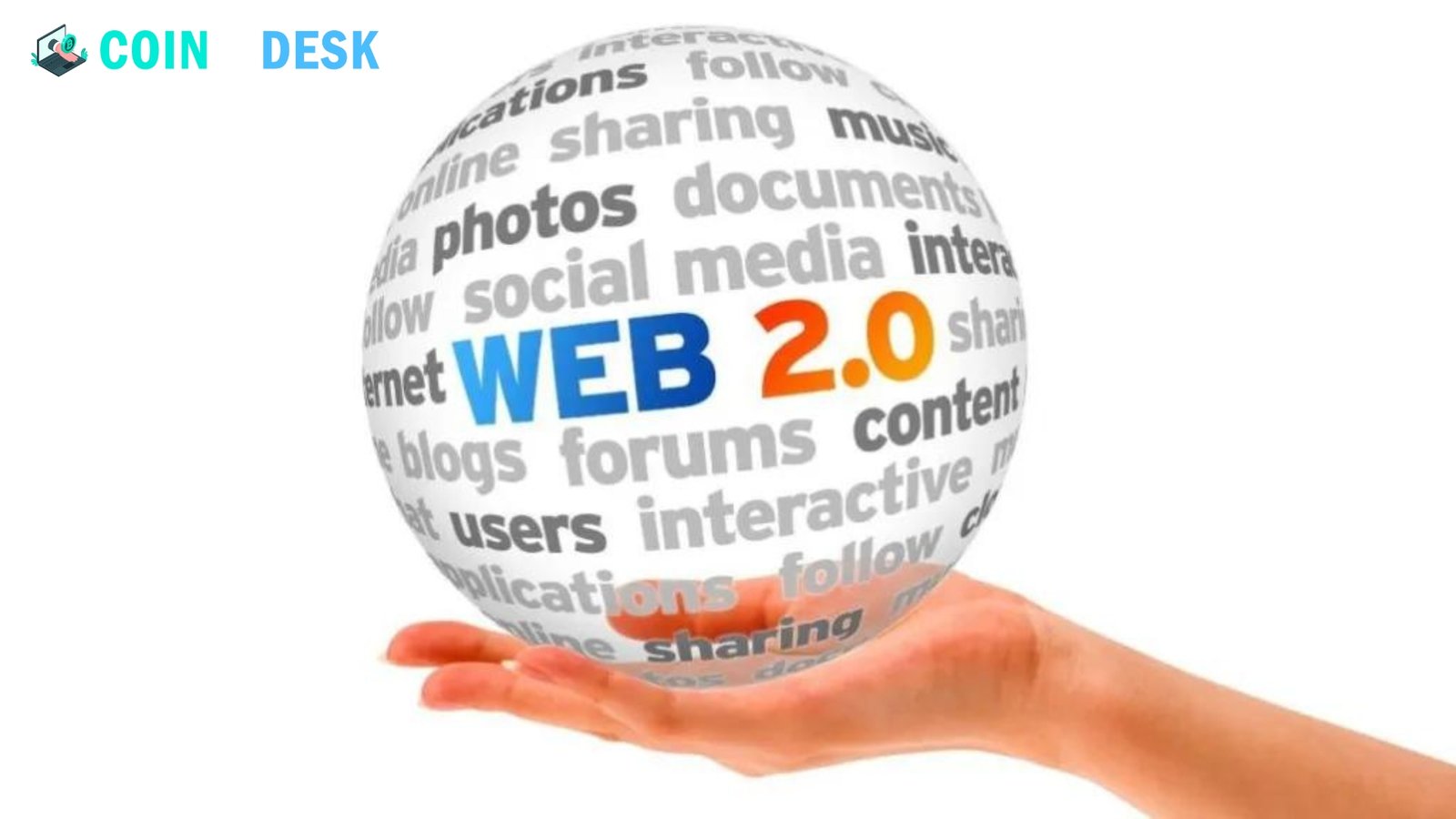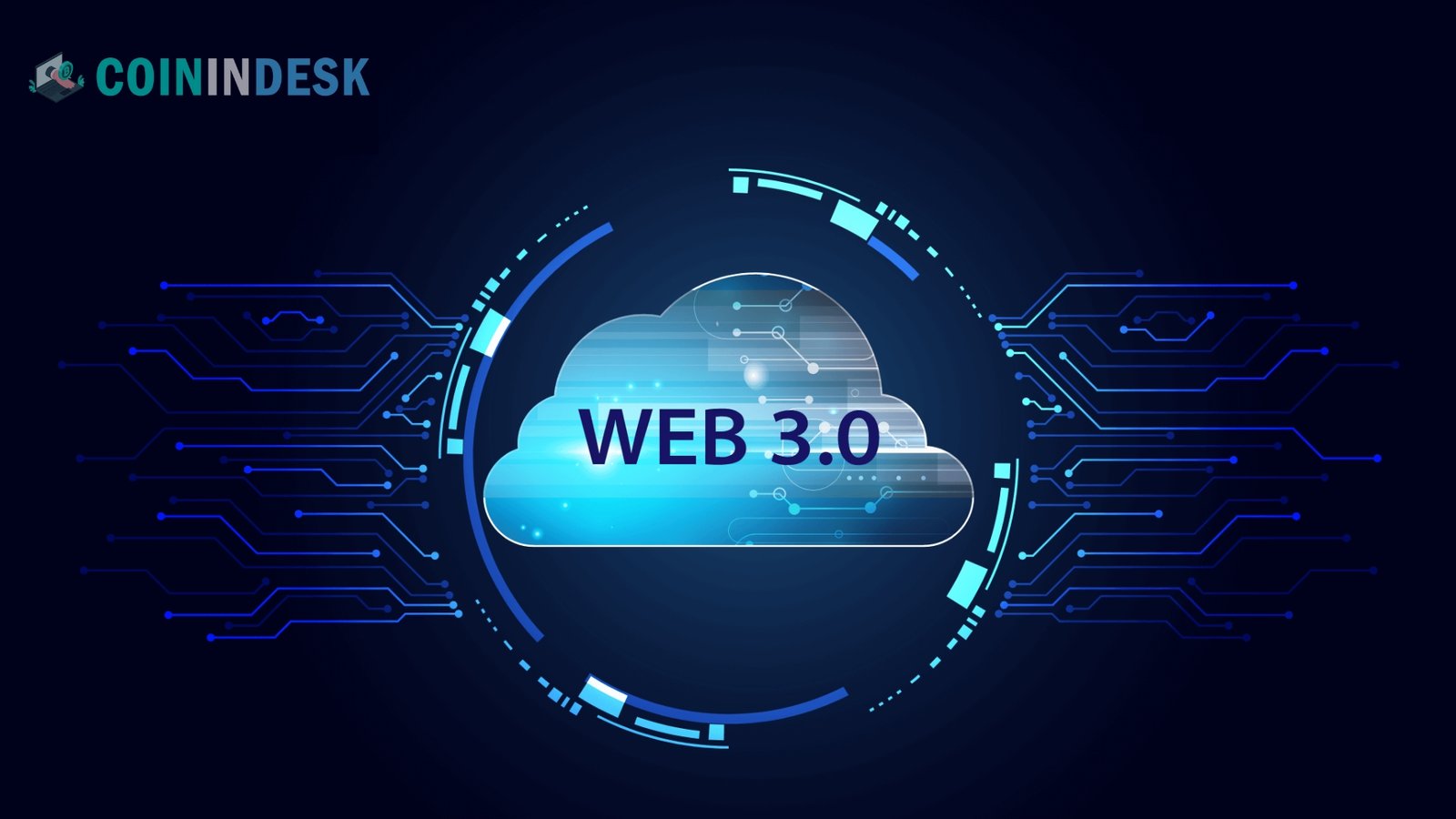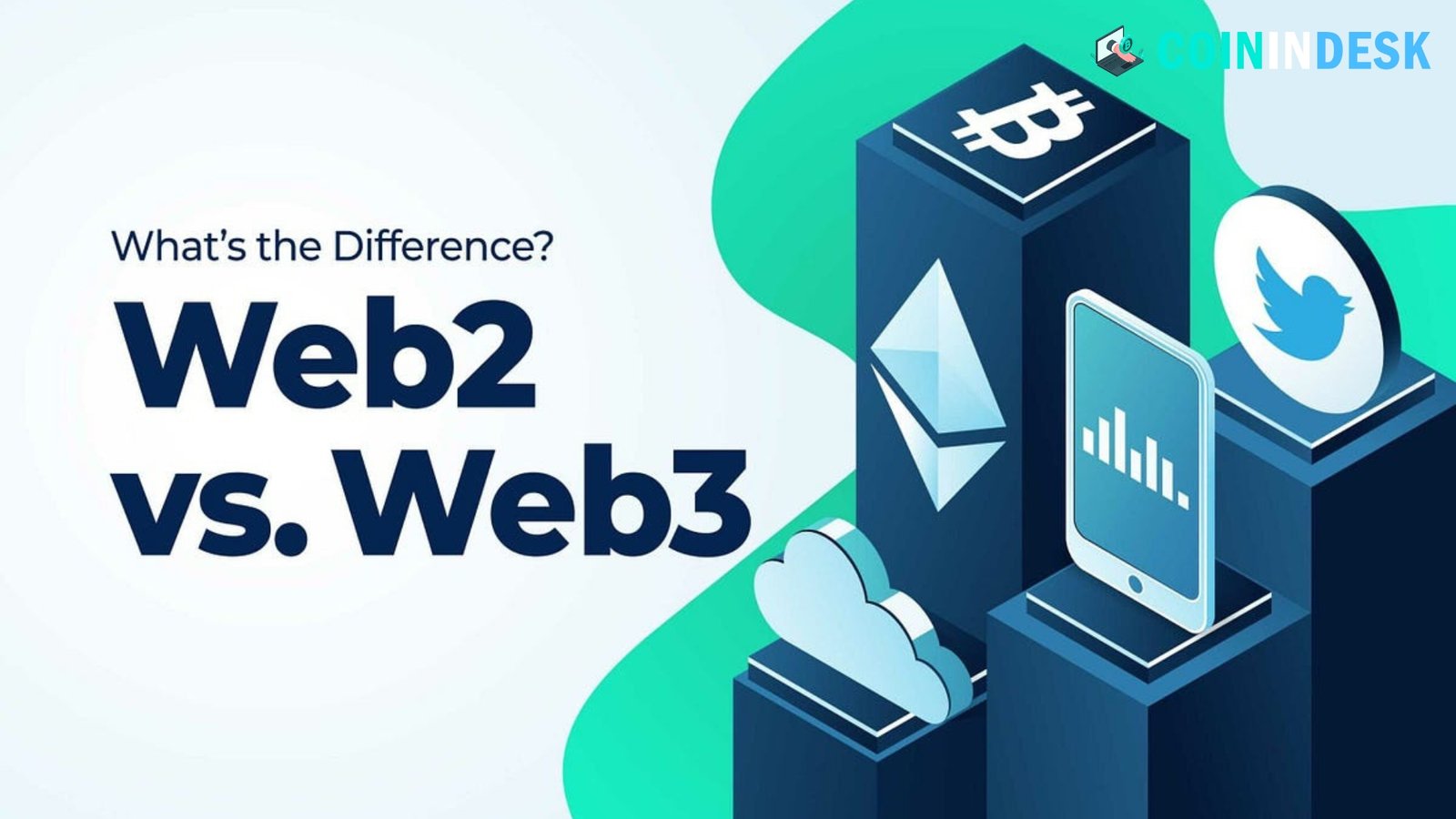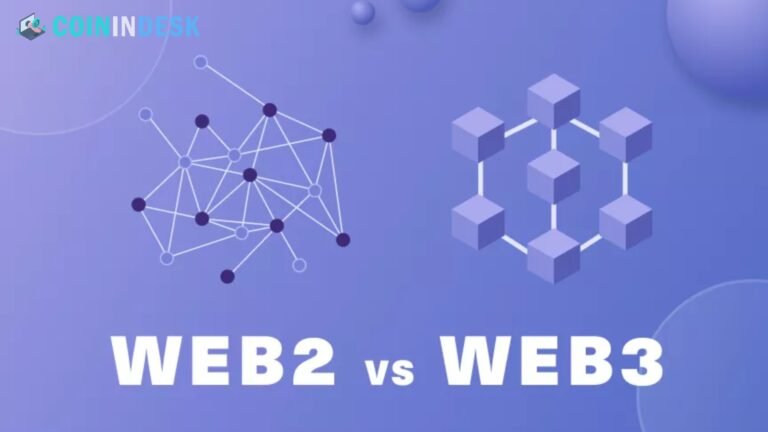Web2 vs. Web3. Web3 has recently gained a lot of attention, with several major IT companies also making moves in this direction. So, what’s the big deal? What sets it apart from web2, the current version of the internet? Coinindesk, you’ll find comprehensive information about the Web2 vs. Web3 debate, including a breakdown of the key distinctions between the two. Additionally, we make an effort to foretell the shape that Web3 may take and to identify the ways in which crypto and blockchain technology will be integral to it.
What is Web1 or Web 1.0?
The advent of the Internet was a game-changer in terms of technology. It had to evolve first, though, before it could accomplish that. This first iteration of the World Wide Web is known as Web 1.0. Web 1.0 was an earlier, less developed version of the Internet. What we currently refer to as websites began as a means of delivering content and showcasing information.
Use cases and examples
More casual users were gradually able to start creating content on sites like MySpace and LiveJournal.The line between Web 1.0 and Web 2.0 is blurry. Those aren’t the official words, and there isn’t a huge technological leap between them.
Web 1.0, on the other hand, often had far less corporate meddling. For instance, many websites forbade advertisements, and those that did appear were quite rare. Not to mention that static pages make up the bulk of the Internet. Web servers housed by Internet service providers carried them.
Typically, data was sourced from one main location. Thus, the ability to change published content was significantly diminished. Furthermore, the website’s look could not be drastically changed.
The downsides of web1
During the so-called Web 1.0 era, less participation from the general public was possible. This era entailed both changing the layout of a page and adding content to the Internet.
For instance, there weren’t any online resources that promoted user input, like Wikipedia. Pre-Facebook and pre-Twitter personal blogs were also considerably more common. However, the type of content that users may add is often restricted.
Finally, users were limited to downloading Web 1.0 applications. There was no way for them to see or change how they functioned. The source code was made available to the public very infrequently.
What is Web2 or Web 2.0?
Several phrases, such as “Web 2.0” and “Web 2,” emerged during the “dot-com bubble” period. Their idea was to symbolize the evolution of the Internet into a more advanced age.
There was more corporate meddling with Web 2.0. In contrast to the ones from Web 1.0, the newer websites frequently had a strategy to make money. They also made more user engagement with the platforms possible. Following the market meltdown, most of the most well-known new businesses persisted.
Use cases and examples
Websites that were classified as Web 2.0 exhibited a higher level of sophistication. For instance, these platforms gave customers much leeway to tweak the design. In addition, many programs on the new web ran on open-source code. Because of this, anyone with the proper technical knowledge may look at it, evaluate it, and maybe even change it.
Even while the Internet was being fully corporatized, new websites empowered users by giving them a bigger voice. Online marketplaces like Amazon, for instance, have always welcomed customer feedback in the form of reviews. Any user might also edit the entries on Wikipedia, an encyclopedia-like site. Compared to older platforms, newer social media sites like Facebook and Twitter enable users to engage in more public interactions with one another.
The downsides of web2
The shift from Web 1.0 to Web 2.0 did bring about certain improvements, but it also introduced some negative aspects. To begin with, the corporate aspect fostered and threatened the development of the Internet. Big social media sites like Facebook or Twitter might, on the one hand, invest money in expanding their ideas. Conversely, they may now remove content that they thought went against the community’s rules.
Furthermore, not all application servers are secure. Those whose livelihoods are dependent on them stand to lose money if they collapse. Lastly, it is important to follow specific standards when using payment services. They can refuse payment if they believe such requirements are unmet. To sum up, Web 2.0 provided more advanced technological features. On the other hand, businesses that provide them have regulations that must be followed.
What is Web3 or Web 3.0?
Indeed, “Web 3” and “Web 3.0” have been two of the most talked-about terms in the news lately. Though some of the buzz about them is unfounded, there are valid reasons to trust them. They guarantee a more robust, secure, and decentralized version of the Internet. Compared to the current “Web 2.0,” this version of the Internet will be vastly superior.
Many distinct types of web applications are often referred to as Web3. Supposedly, Ethereum co-founder Gavin Wood coined the term “Web3” in 2014. But everyone agrees that blockchain technology, which creates decentralization, will be the common thread for all Web3 apps.
A comparison to the present Internet version might also help clarify Web 3.0. At the moment, most people who use the Internet get their information from third-party servers. The same holds true for newly developed apps; they are deployed to third-party servers like Google Cloud or Amazon Web Services. On the other hand, Web 3 is supposed to make it possible for regular people to create and manage decentralized programs (DApps).
Naturally, Web3 is also utilized more generally in the popular media to portray future Internet technology. You might hear many companies getting ready for the launch of this upgraded Internet. Blockchain technology will undoubtedly be an integral part of its construction if it comes to fruition.
The features of web3
Web 3.0 ought to signify a technological leap forward, similar to how Web 2.0 provided a higher level of sophistication than the static sites of Web 1.0. Is it here already? Existing online apps follow Web3 standards. However, widespread acceptance won’t happen suddenly. However, we can still examine these apps and maybe even use them as a model for the future of the Internet.
As an alternative to data ownership, data sharing is the fundamental characteristic of web3. In a blockchain system, any user can both validate and add to the data that is being stored. Web3 will also contain elements of the legendary metaverse. Apps on Web3 will use cutting-edge 3D graphics, AR, and VR.
Web3 will utilize smart contract technology, the last and maybe most crucial component. To sum up, this can potentially lessen the need for intermediaries and facilitate the development of an Internet devoid of trust.
Use cases and examples
An app can’t be considered web3-optimized unless it uses blockchain technology. Everything from decentralized applications (DApps) built on top of cryptocurrency to non-fungible tokens, DAOs, DeFi initiatives, and every other type of cryptocurrency can be included in our list.
Put simply, crypto projects that fully support decentralization are prepared for the projected Web3. Things like this are already in existence in places like Bitcoin, NFT marketplaces like Open Sea, crypto-backed social media sites like Steemit, platforms like Sweatcoin, and play-to-earn games.
Can web3 succeed?
However, the advent of Web 3.0 will have negative consequences for some. Major tech firms will be impacted if the plans for real decentralization are implemented. The shift to a more commercialized model in Web 2.0 has been extremely beneficial to them.
Important tech company CEOs have voiced their pessimism about Web 3.0. Elon Musk, the founder of Tesla, has publicly stated that Web 3 seems like a marketing gimmick to him. In addition, Jack Dorsey, the ex-CEO of Twitter, thinks decentralization can’t happen. Dorsey asserts that large tech corporations will not cede control of their present dominance.
Finally, widespread blockchain technology is essential for Web 3.0 to materialize. But recently, we’ve noticed an encouraging trend. If things keep going the way they are, we might see such adjustments implemented soon.
Web2 vs. Web3: What’s the Difference?
The most effective way to comprehend Web3 is to compare it to Web2, which it would eventually replace. Take a look at some of the most significant distinctions that exist between the two.
Decentralization
Thanks to decentralized networks, people will be able to manage their personal information on the web in Web 3.0. Equalization of the playing field is another consequence. No one entity would be willing to back the network, and all parties participating in the operation of the blockchain would have an equal say in its success or failure.
Privacy
People who use the Internet are very worried about their privacy. In recent years, the media has spent much time analyzing data breaches. Some claim that Web3 would provide a more secure level of privacy. An advantage of distributed personal data stores is that they give people more say over their information.
The reasoning for this proposal is that consumers will rely less on external entities to handle their personal information. Meanwhile, some argue that consumers’ right to greater privacy is at odds with the idea that all data is publicly accessible on a blockchain.
Greater connectivity
Another feature that would be possible with this future internet is increased connection. Semantic data is believed to aid novel approaches to information organization, use, and discovery, resulting in an improved user experience.
Should you get ready for the “new internet”?
Since Web3 is still in its infancy, its potential outcomes are anyone’s guess. Some parts are practically guaranteed to happen, while other, more optimistic aims, like total decentralization, will most surely encounter resistance.
However, throughout the coming decade, people can anticipate a great deal of change in the way we engage with one another online. This is going to be a thrilling period full of possibilities.


